National Sun Yat-sen University organized off-site teaching in Japan and explored hidden tales of regional revitalization
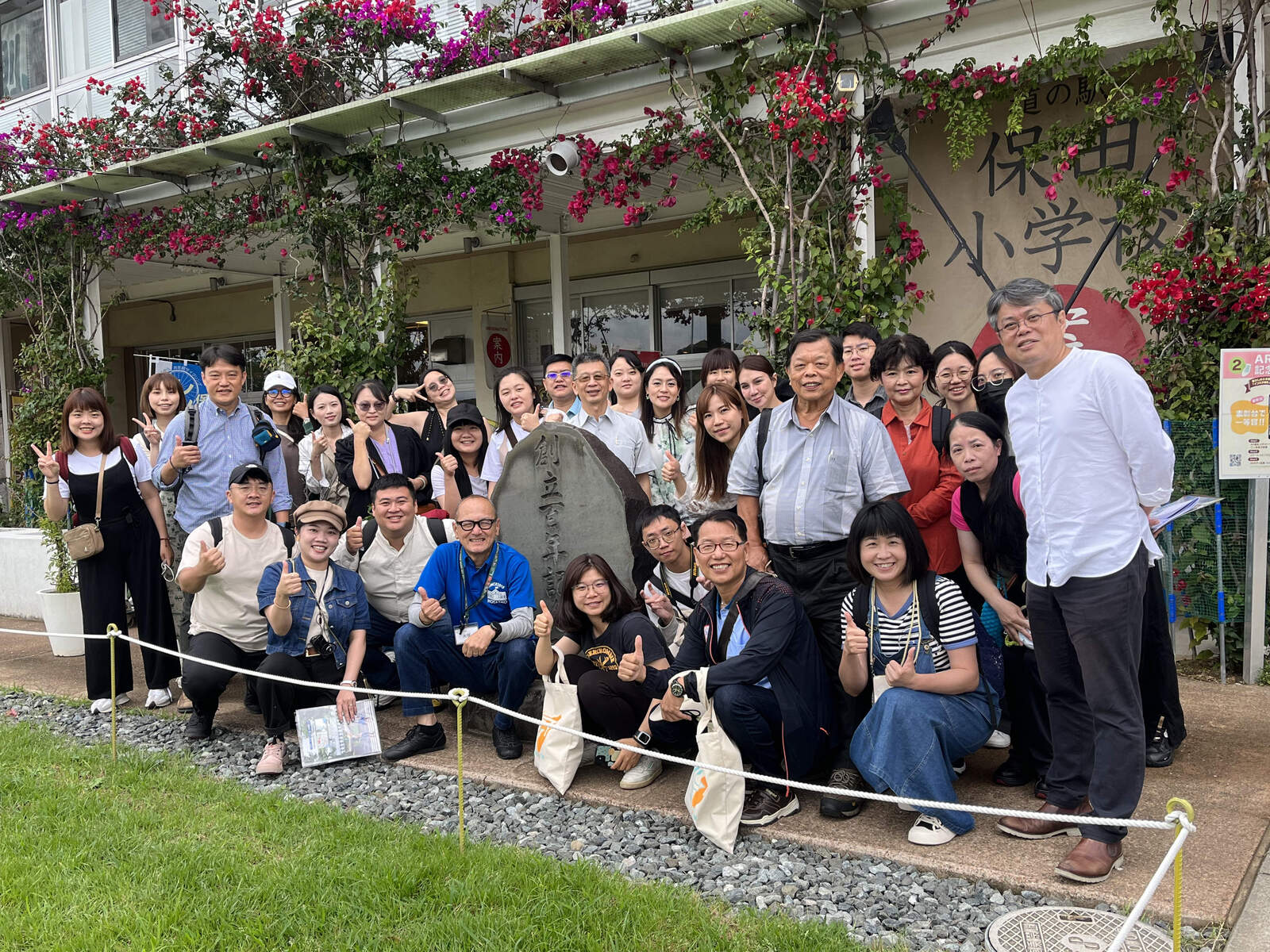
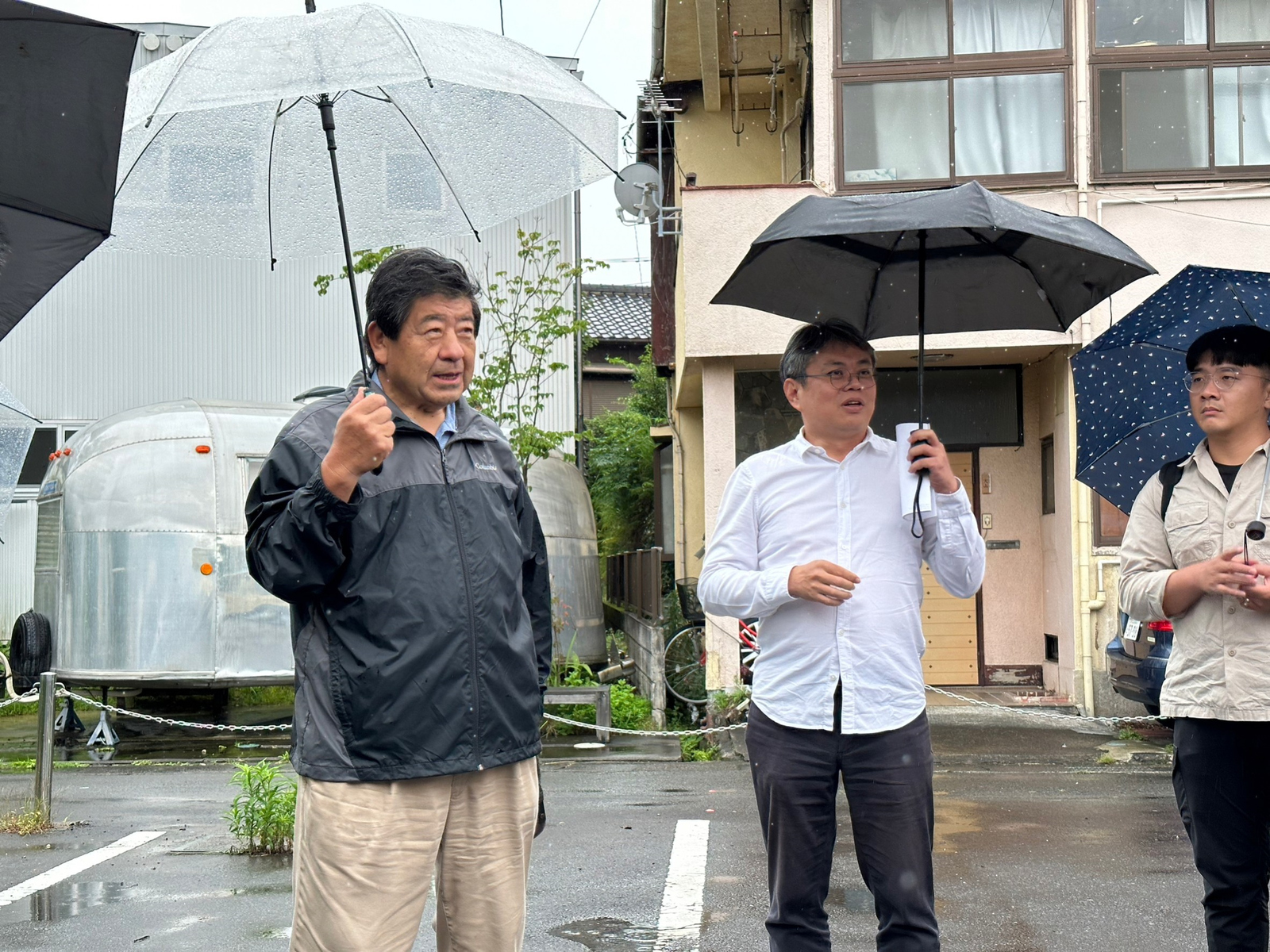
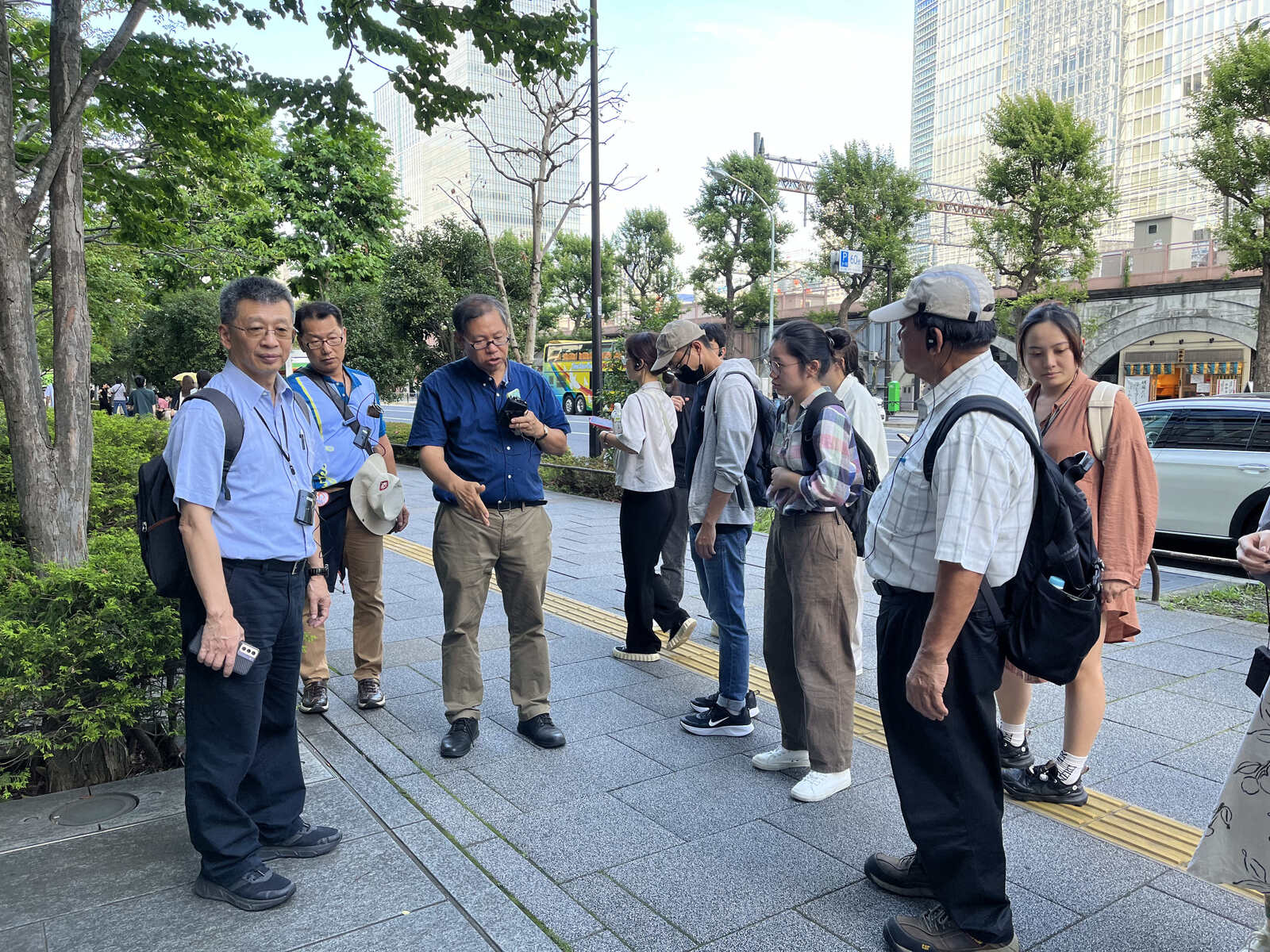
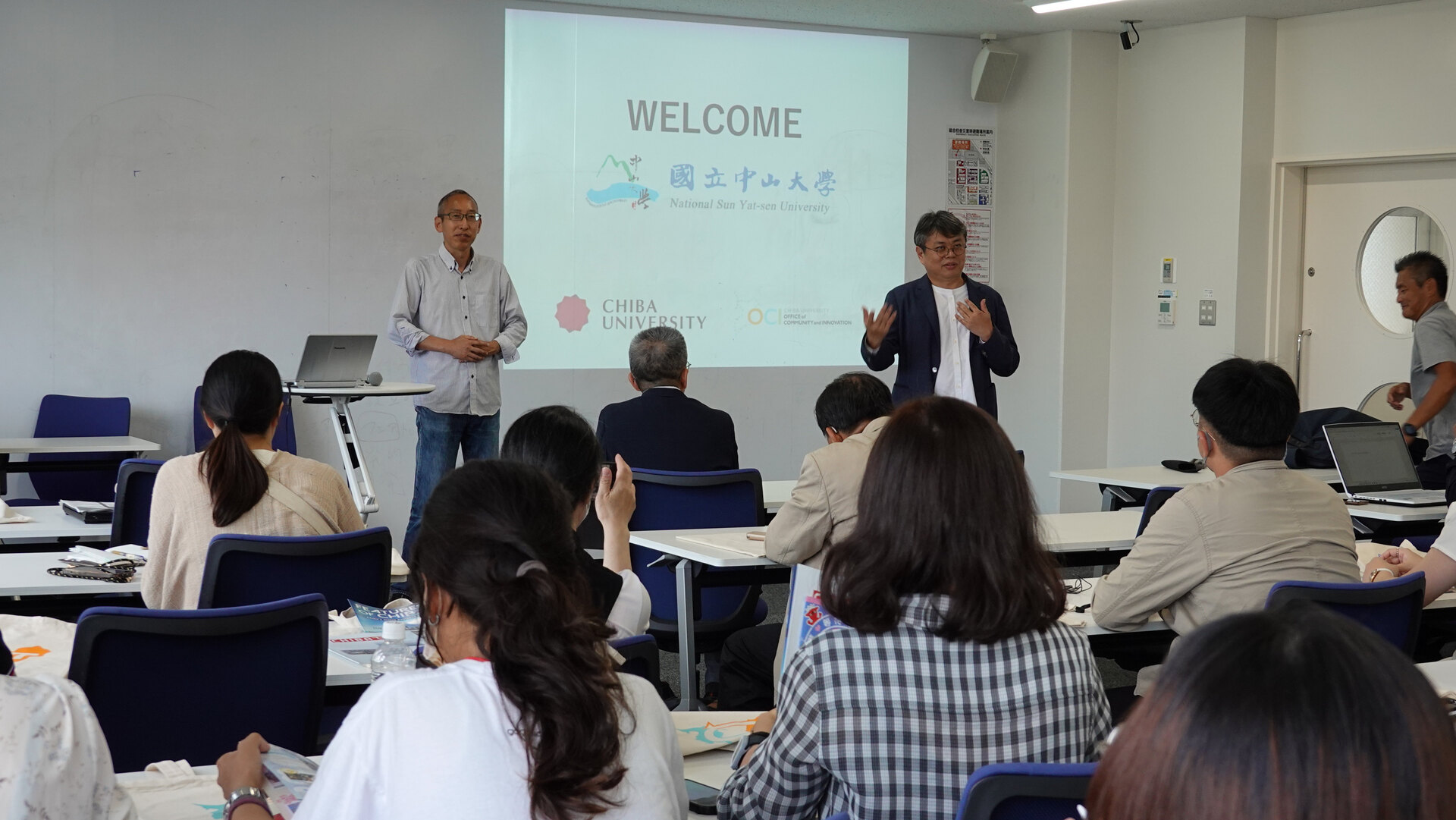
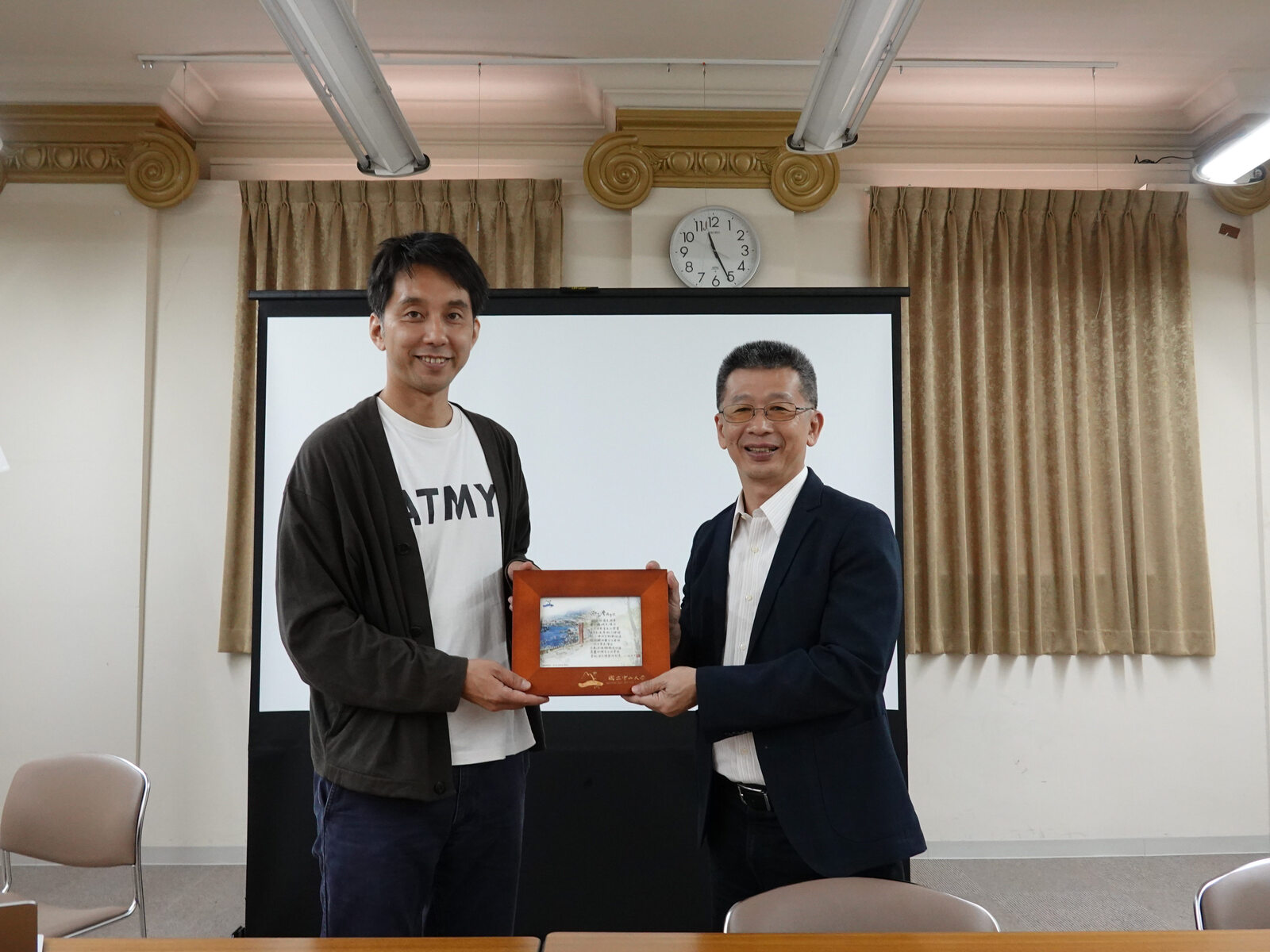
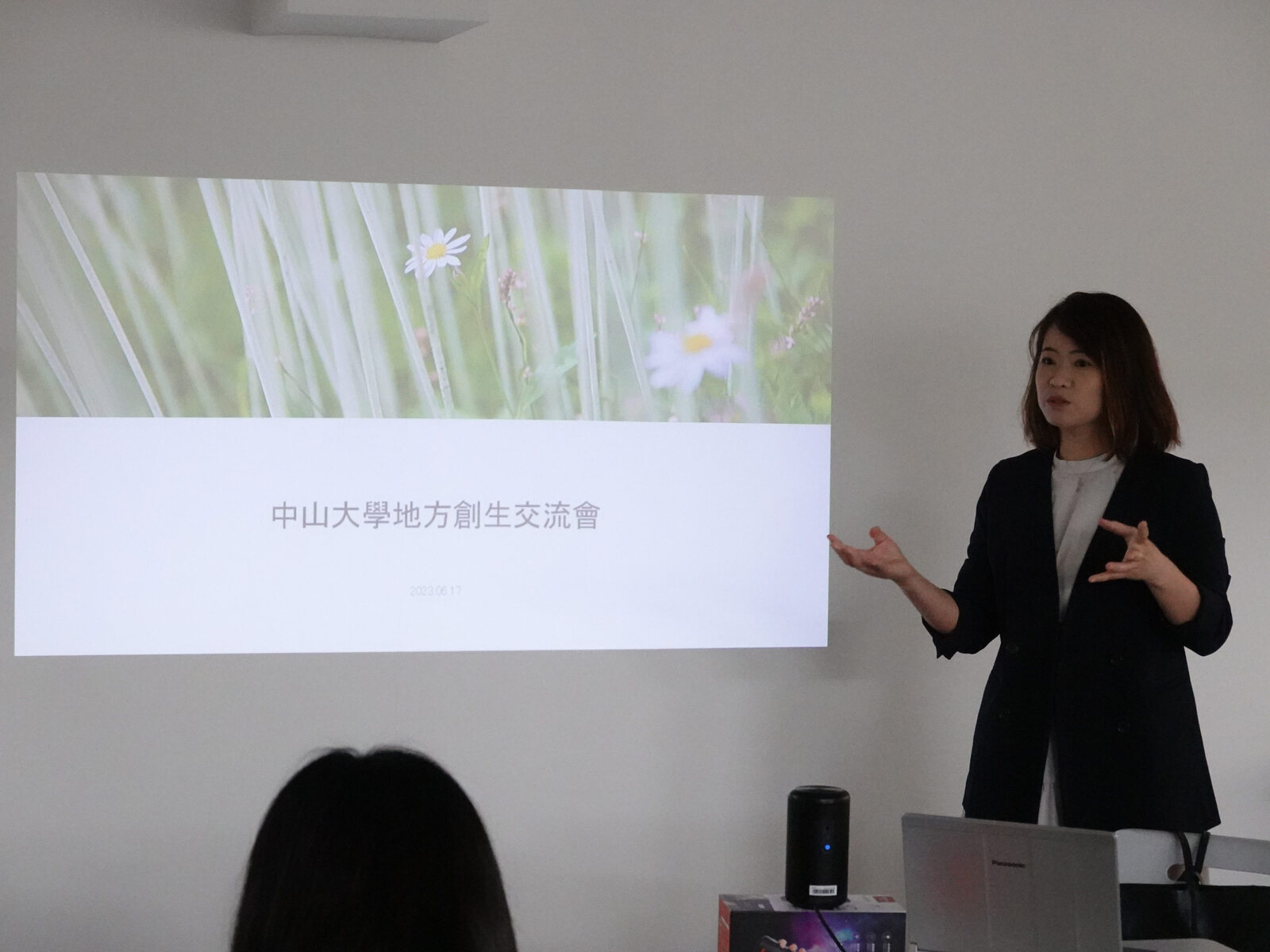
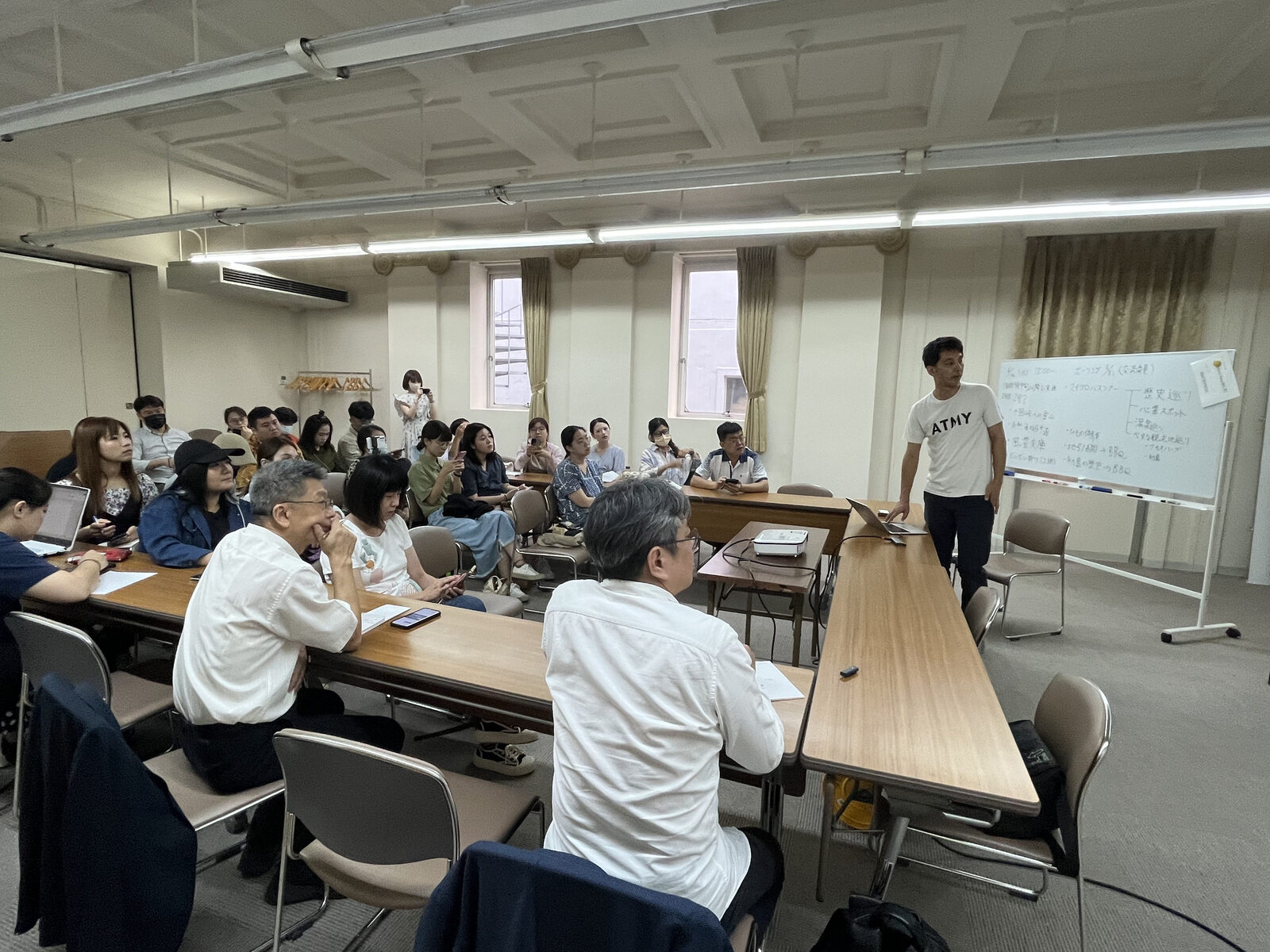
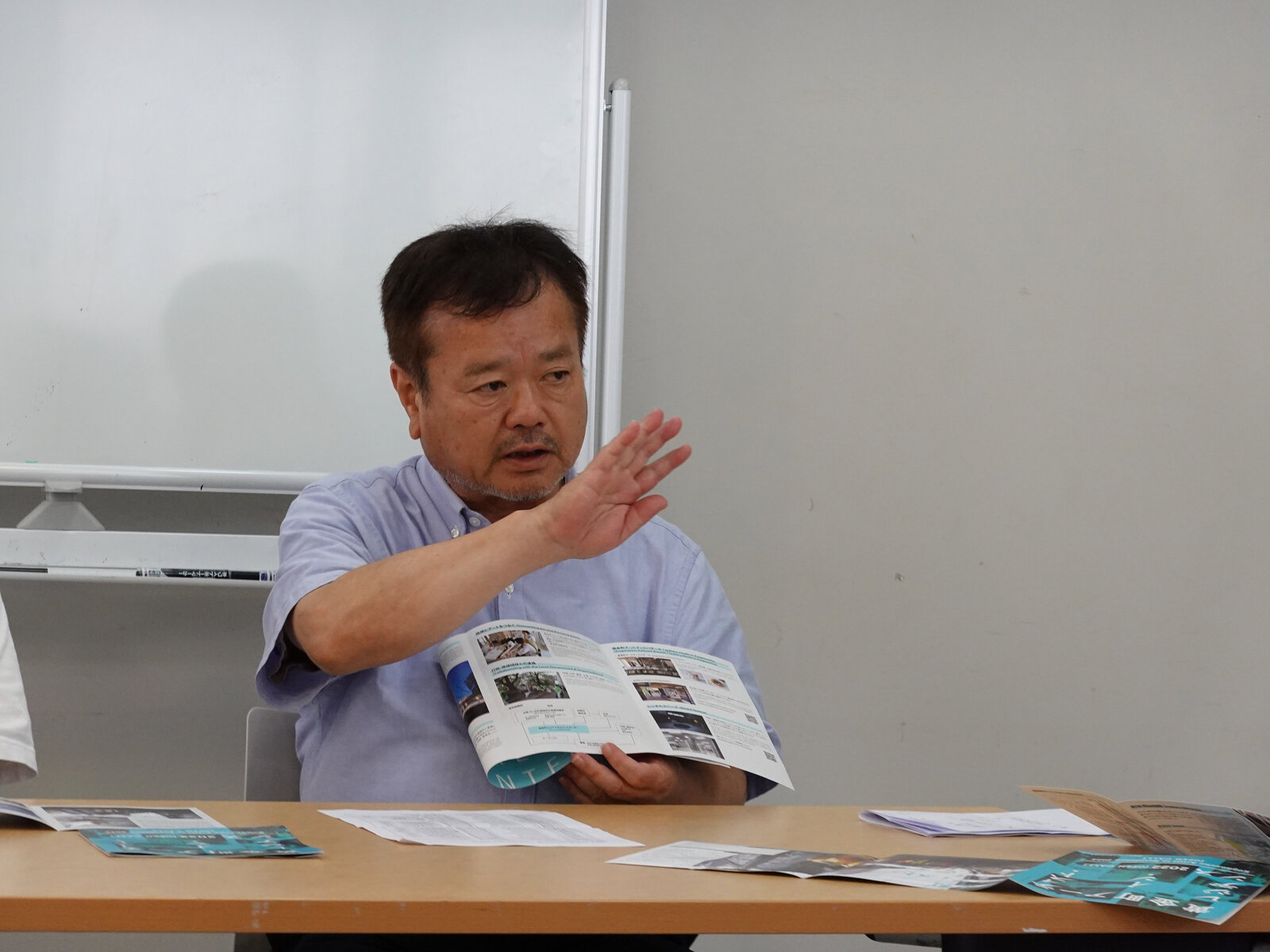
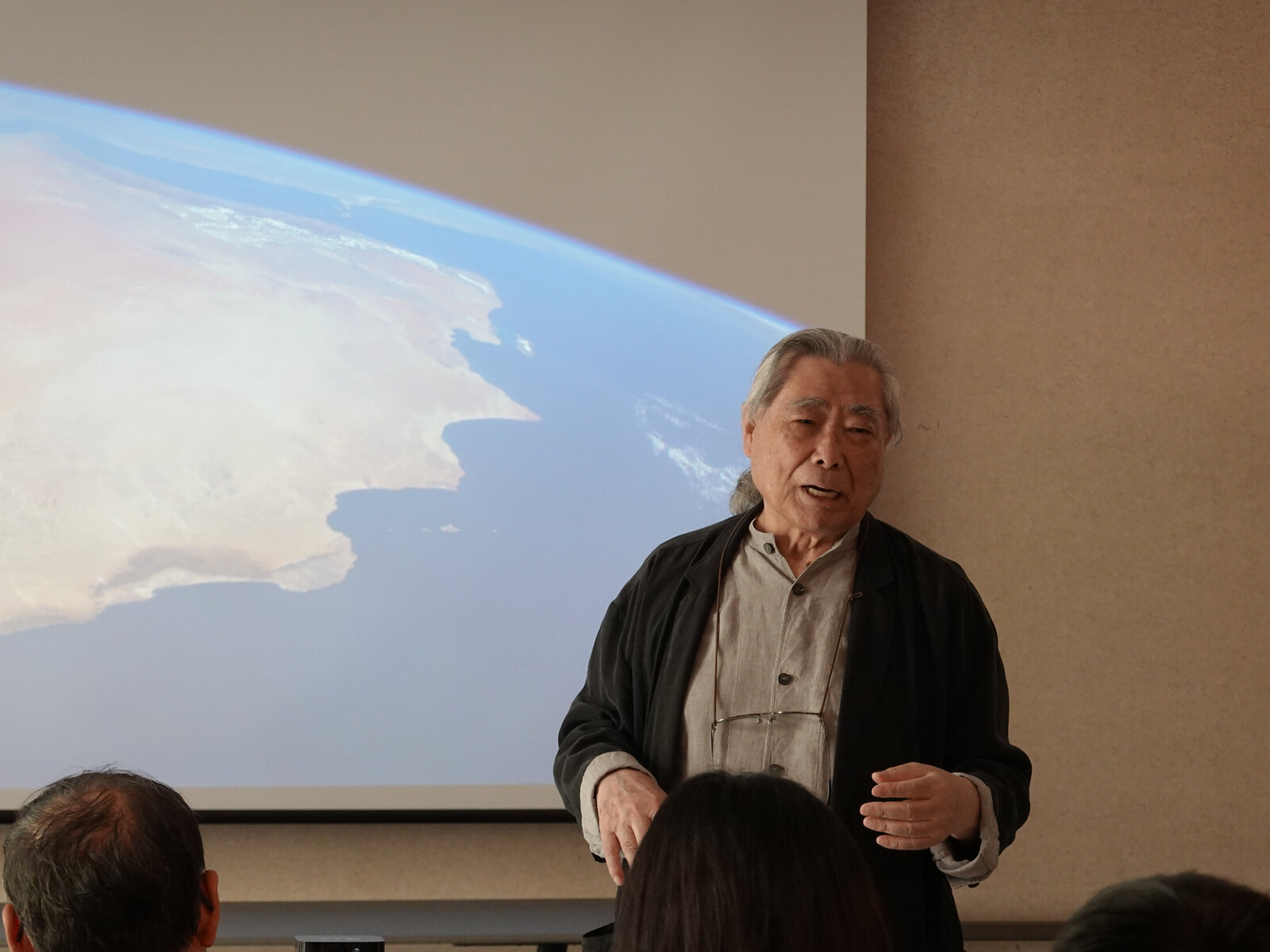
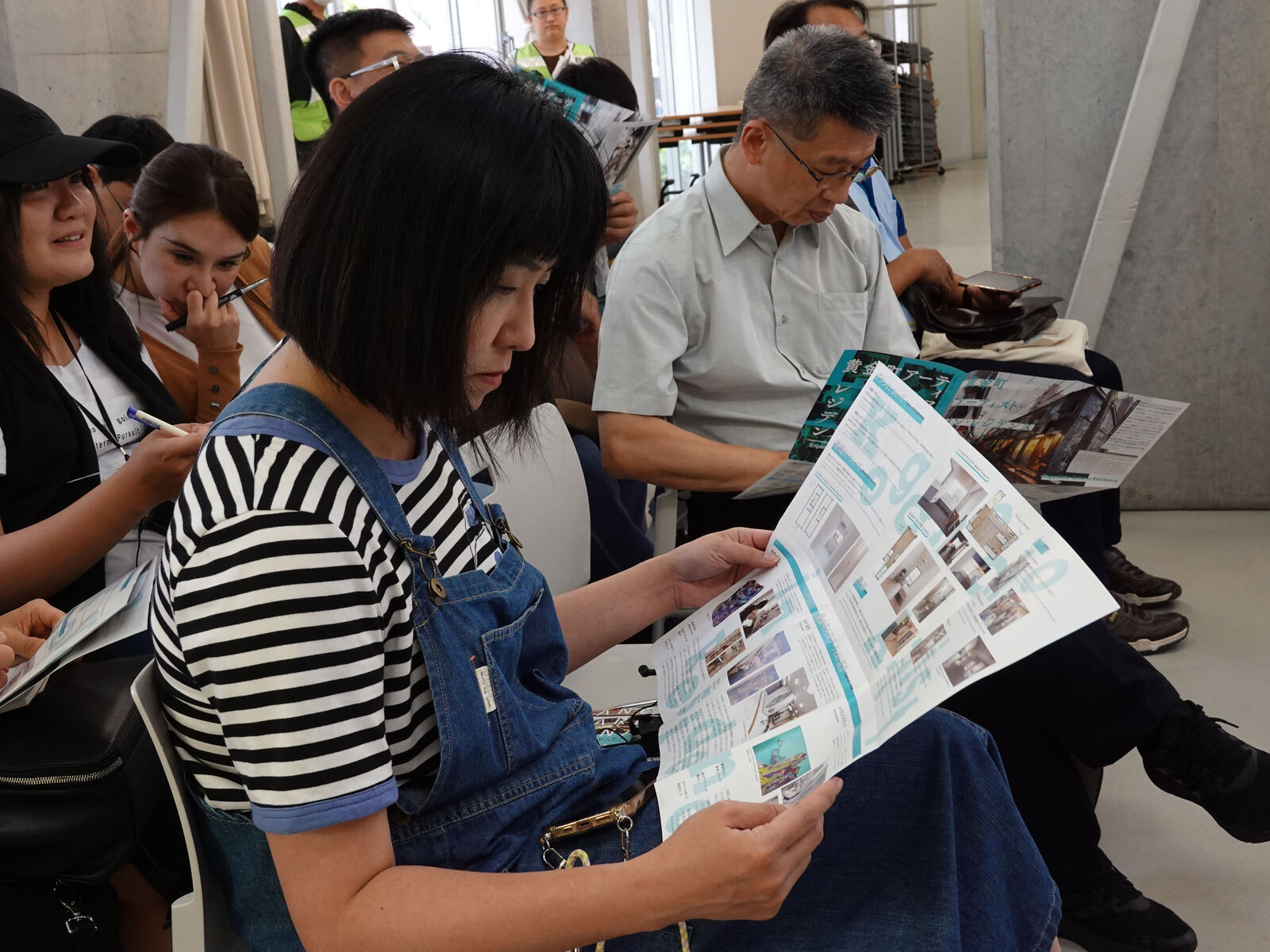
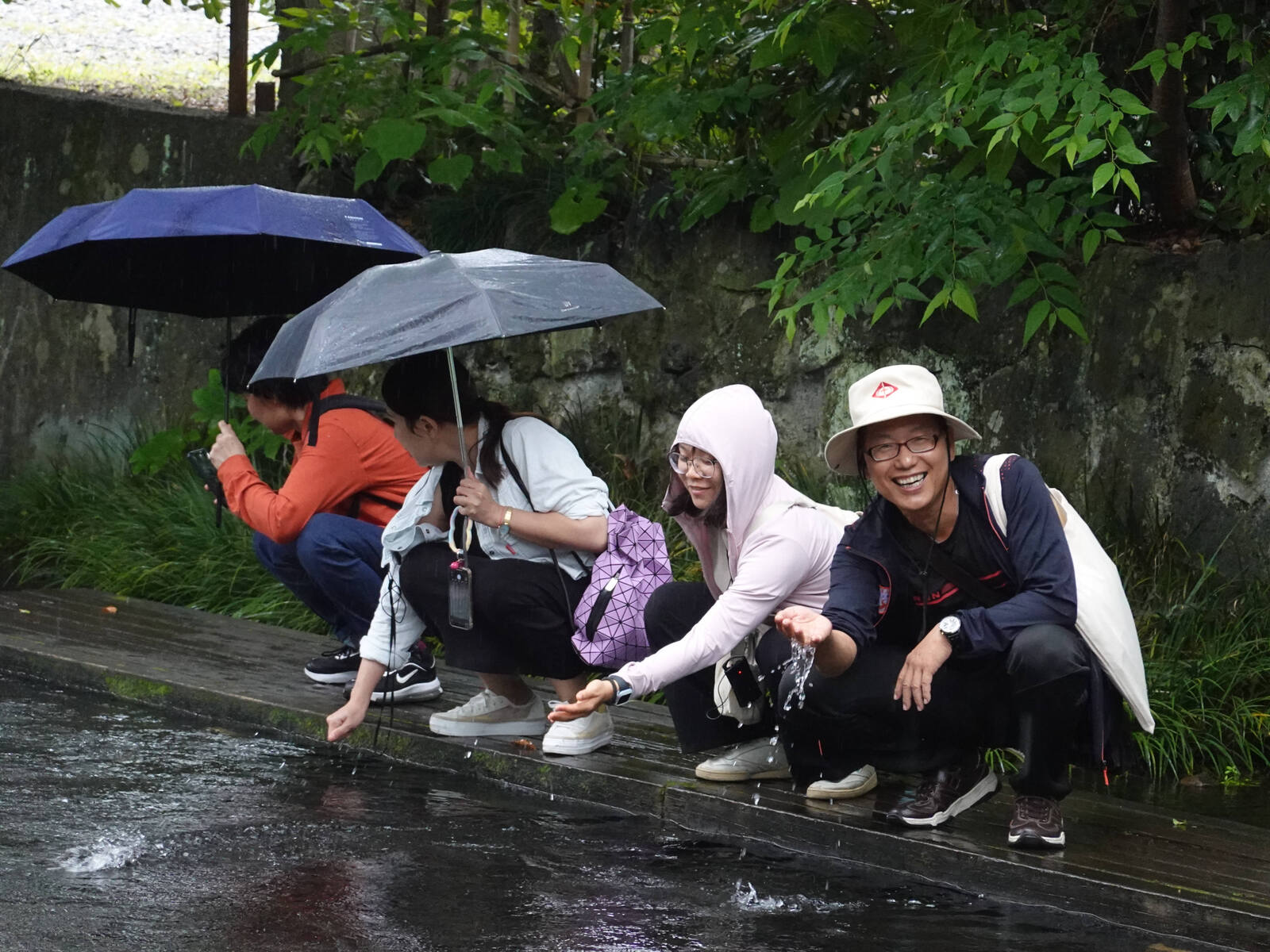
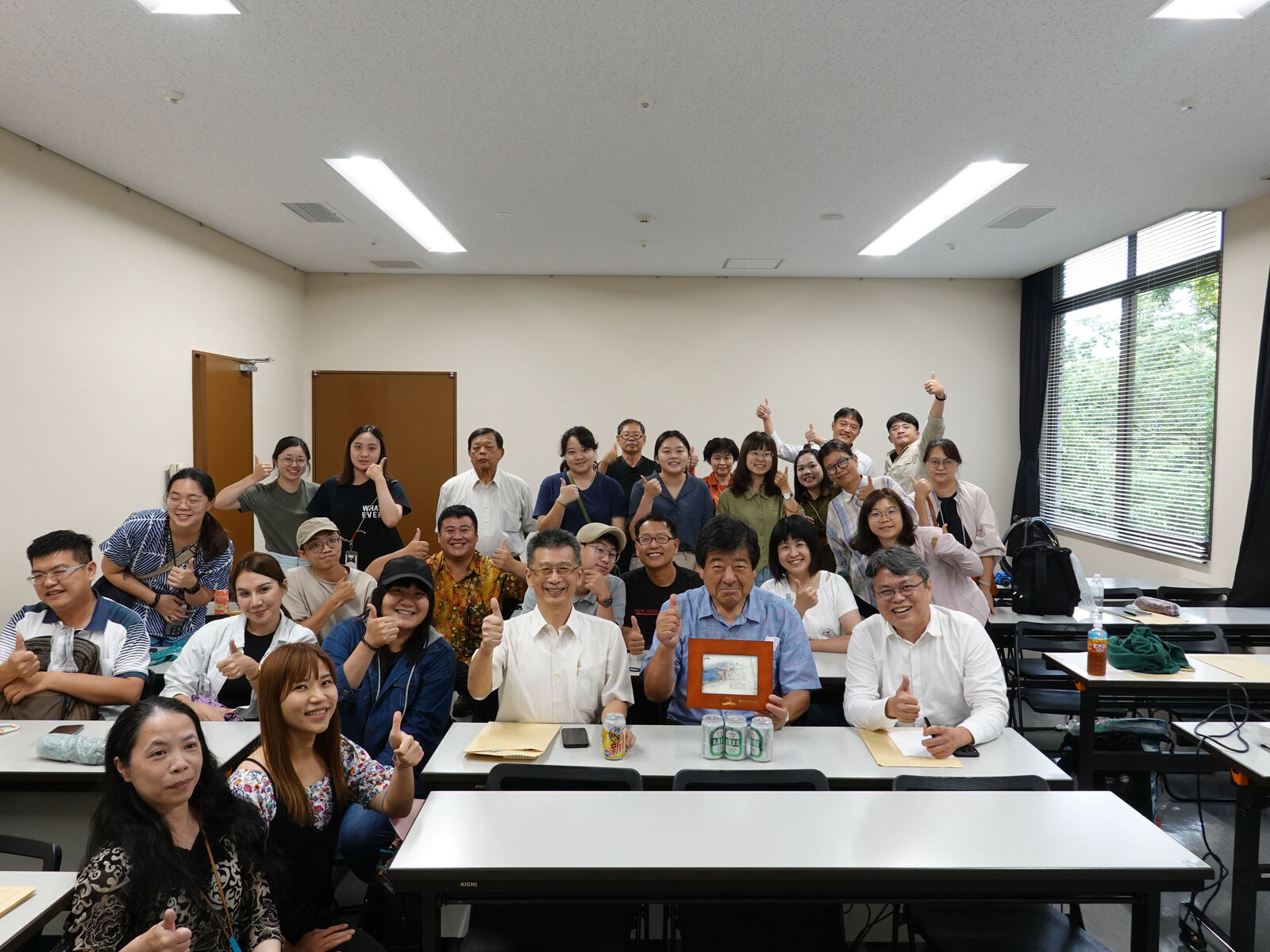
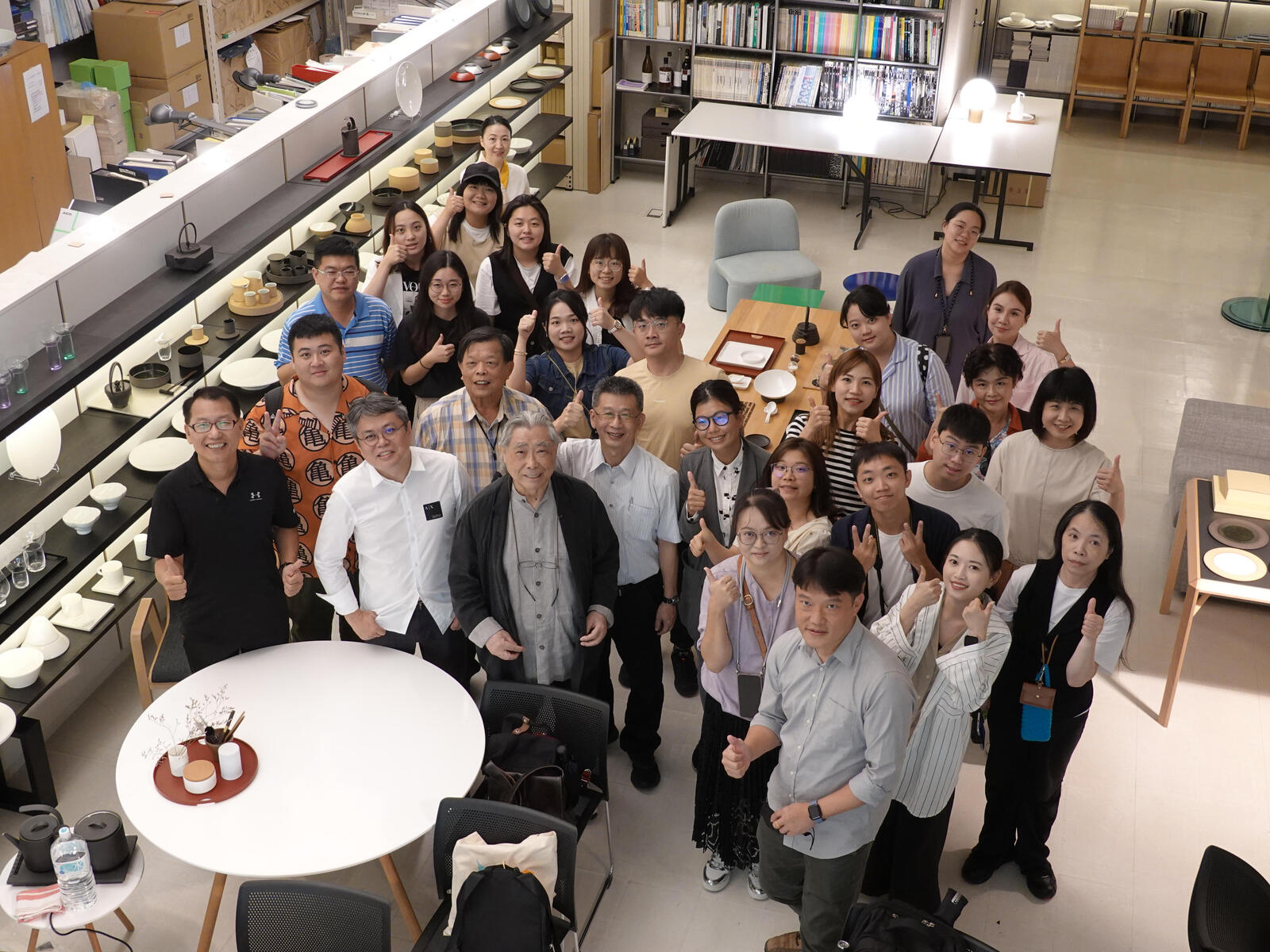
2023-11-28
The unexpected COVID-19 pandemic caused a significant impact on varied industries all over the world and has accelerated social changes. Japan, as a pioneer in regional revitalization, has also changed its working and living habits in the face of the impact of the coronavirus in recent years. To have students obtain a deeper understanding of the implementation of regional revitalization in Japan, Jui-Kun Kuo, a professor at the Institute of Public Affairs Management of National Sun Yat-sen University (NSYSU), has supported by the Higher Education Sprout "Enterprise Sustainability and Regional Revitalization" collaborative learning practice project and arranged off-site teaching for students of the three courses including "Place Management," "Independent Studies in Public Affairs," and "Building Community and Local Revitalization" this semester to walk out of the classroom to the Kanto Area of Japan together. Students have conducted field case discussion exchanges, understand the current status of regional revitalization and development in Japan, the clandestine narratives of the implementation process, and broaden their learning horizons.
Jui-Kun Kuo, a professor of the Institute of Public Affairs Management at NSYSU, said that although Japan’s regional revitalization was proposed by former Prime Minister Shinzo Abe in 2014, in the past, different ministries and commissions have proposed corresponding regional revitalization policies for their respective fields. He hoped that by observing local universities, business units, and community organizations that promote regional revitalization, students could understand Japan’s implementation model of regional revitalization and how to invest in local areas in response to the policy needs of various ministries. The three major themes of "collaborative partnerships between universities and local communities," "regional revitalization and environmental rebirth," and "artistic life and urban renewal" were the focus of this exchange. The units and venues visited included Chiba University’s COC+ (Center of Community) project, Roadside Station Hota Elementary School in Kyonan Town, Koganecho in Yokohama, Machimori Inc. that initiated the Atami Miracle projects, Groundwork Mishima, the world-renown industrial design master Masayuki Kurokawa, the office of Fram Kitagawa and urban renewal sites in Shibuya and Otemachi, to inspire NSYSU faculty and students to have different views on the development of regional revitalization in Taiwan.
Professor Masayuki Suzuki, the Executive Director of Chiba University’s COC+ project, indicated that as the knowledge center of the community, universities should inaugurate regional revitalization through education and research, aiming at building partnerships with local communities, assisting with local renaissance and offering solutions. In addition, universities are responsible for talent cultivation, enabling students to stay in their hometowns rather than leave for job searching. Students of Chiba University explained how they establish a linkage between local communities by learning Maiwai dyeing and participating in temple cultural events. These actions play a significant role in helping to pass on the fascination with traditional craftsmanship and historical art. Japan's Ministry of Education, Culture, Sports, Science and Technology is committed to promoting the "Universities COC Project" and hopes that students can apply academic knowledge in social practice and develop problem-solving abilities during their studies. This recognition is consistent with the concept of the University Social Responsibility Project promoted by Taiwan.
Japan also faces problems such as an aging population and a low birthrate, the gap between urban and rural areas, and local decline. Its various units and organizations have taken different actions in response to the current social situation. For example, Hota Elementary School was transformed from an abandoned school to a revitalized Roadside Station that combines direct sales of agricultural products, travel facilities, and community activities. Due to past historical factors, the street scene of Koganecho in Yokohama evolved into a Red-light district. The Kogane-X cooperates with the city government, Keikyu Corporation, Yokohama City University, NPO, etc. to improve public security and the environment, and invites artists from all over the world residency to create art for the purpose of revitalizing the open space under the viaduct. Atami City Government, Tourism Groups, and citizens felt the gradual decline of Atami, which drove Mr. Koichiro Ichiki and his returning hometown partners to start community building, creating B&Bs, agricultural experiences, Atami tours, and other services, and establishing Machimori Inc. to operate sustainably without relying on subsidies and regenerate Atami. Dr. Toyohiro Watanabe, a former civil servant, felt that the water quality in his hometown of Mishima City was polluted, so he founded Groundwork Mishima with the concept of "shovel in one hand and beer in the other" and working together with local people and organizations, striving to restore the original ecological scenery of the Mishima Genbe River. These cases, whether it is the rebirth of abandoned schools, art revitalization, community building, or environmental improvement, present the belief of various organizations in revitalizing local areas.
The NSYSU team also visited Professor Masayuki Kurokawa, a master of Japanese industrial design, and saw from his works his design concepts for products, space, and time, as well as his understanding and inheritance of traditional Japanese culture. Chiu-Hua Tsou, working in Fram Kitagawa’s office, presented the process of art administration and planning exhibitions. Kitagawa’s team had transformed the residents’ dissensions into co-existence and cooperation. In addition, the team also arranged to visit Shibuya and Otemachi to see the buildings after urban renewal. The high-rise buildings are so numerous that everyone can't take their eyes off them. Instructor Jung-Sheng Ting said that the Tokyo International Forum is a public domain demonstration used by the government to declare Japan's evolution. The industrial ship-shaped structure of its internal space symbolizes the determination and power of Tokyo, and it is worth learning from Taiwan.
Hsiang-Hung Tsai, a graduate student of the Institute of Public Affairs Management, mentioned that the cases seen in the tour present the significance of city governance, resident participation, environmental protection, cultural and creative industries, and public space design in regional revitalization. He also understands that regional revitalization is a collaborative process involving multiple parties. Yu-Ting Lin, a master's student at the Graduate Institute of Arts Management and Entrepreneurship, also mentioned that she once heard Professor Kuo share the renewal case of Otemachi in class, but what she experienced with her own eyes was an incomparable shock. After what she saw and heard this time, she kept ruminating and absorbing it, hoping to apply this knowledge and wisdom to her future career and life.
The unexpected COVID-19 pandemic caused a significant impact on varied industries all over the world and has accelerated social changes. Japan, as a pioneer in regional revitalization, has also changed its working and living habits in the face of the impact of the coronavirus in recent years. To have students obtain a deeper understanding of the implementation of regional revitalization in Japan, Jui-Kun Kuo, a professor at the Institute of Public Affairs Management of National Sun Yat-sen University (NSYSU), has supported by the Higher Education Sprout "Enterprise Sustainability and Regional Revitalization" collaborative learning practice project and arranged off-site teaching for students of the three courses including "Place Management," "Independent Studies in Public Affairs," and "Building Community and Local Revitalization" this semester to walk out of the classroom to the Kanto Area of Japan together. Students have conducted field case discussion exchanges, understand the current status of regional revitalization and development in Japan, the clandestine narratives of the implementation process, and broaden their learning horizons.
Jui-Kun Kuo, a professor of the Institute of Public Affairs Management at NSYSU, said that although Japan’s regional revitalization was proposed by former Prime Minister Shinzo Abe in 2014, in the past, different ministries and commissions have proposed corresponding regional revitalization policies for their respective fields. He hoped that by observing local universities, business units, and community organizations that promote regional revitalization, students could understand Japan’s implementation model of regional revitalization and how to invest in local areas in response to the policy needs of various ministries. The three major themes of "collaborative partnerships between universities and local communities," "regional revitalization and environmental rebirth," and "artistic life and urban renewal" were the focus of this exchange. The units and venues visited included Chiba University’s COC+ (Center of Community) project, Roadside Station Hota Elementary School in Kyonan Town, Koganecho in Yokohama, Machimori Inc. that initiated the Atami Miracle projects, Groundwork Mishima, the world-renown industrial design master Masayuki Kurokawa, the office of Fram Kitagawa and urban renewal sites in Shibuya and Otemachi, to inspire NSYSU faculty and students to have different views on the development of regional revitalization in Taiwan.
Professor Masayuki Suzuki, the Executive Director of Chiba University’s COC+ project, indicated that as the knowledge center of the community, universities should inaugurate regional revitalization through education and research, aiming at building partnerships with local communities, assisting with local renaissance and offering solutions. In addition, universities are responsible for talent cultivation, enabling students to stay in their hometowns rather than leave for job searching. Students of Chiba University explained how they establish a linkage between local communities by learning Maiwai dyeing and participating in temple cultural events. These actions play a significant role in helping to pass on the fascination with traditional craftsmanship and historical art. Japan's Ministry of Education, Culture, Sports, Science and Technology is committed to promoting the "Universities COC Project" and hopes that students can apply academic knowledge in social practice and develop problem-solving abilities during their studies. This recognition is consistent with the concept of the University Social Responsibility Project promoted by Taiwan.
Japan also faces problems such as an aging population and a low birthrate, the gap between urban and rural areas, and local decline. Its various units and organizations have taken different actions in response to the current social situation. For example, Hota Elementary School was transformed from an abandoned school to a revitalized Roadside Station that combines direct sales of agricultural products, travel facilities, and community activities. Due to past historical factors, the street scene of Koganecho in Yokohama evolved into a Red-light district. The Kogane-X cooperates with the city government, Keikyu Corporation, Yokohama City University, NPO, etc. to improve public security and the environment, and invites artists from all over the world residency to create art for the purpose of revitalizing the open space under the viaduct. Atami City Government, Tourism Groups, and citizens felt the gradual decline of Atami, which drove Mr. Koichiro Ichiki and his returning hometown partners to start community building, creating B&Bs, agricultural experiences, Atami tours, and other services, and establishing Machimori Inc. to operate sustainably without relying on subsidies and regenerate Atami. Dr. Toyohiro Watanabe, a former civil servant, felt that the water quality in his hometown of Mishima City was polluted, so he founded Groundwork Mishima with the concept of "shovel in one hand and beer in the other" and working together with local people and organizations, striving to restore the original ecological scenery of the Mishima Genbe River. These cases, whether it is the rebirth of abandoned schools, art revitalization, community building, or environmental improvement, present the belief of various organizations in revitalizing local areas.
The NSYSU team also visited Professor Masayuki Kurokawa, a master of Japanese industrial design, and saw from his works his design concepts for products, space, and time, as well as his understanding and inheritance of traditional Japanese culture. Chiu-Hua Tsou, working in Fram Kitagawa’s office, presented the process of art administration and planning exhibitions. Kitagawa’s team had transformed the residents’ dissensions into co-existence and cooperation. In addition, the team also arranged to visit Shibuya and Otemachi to see the buildings after urban renewal. The high-rise buildings are so numerous that everyone can't take their eyes off them. Instructor Jung-Sheng Ting said that the Tokyo International Forum is a public domain demonstration used by the government to declare Japan's evolution. The industrial ship-shaped structure of its internal space symbolizes the determination and power of Tokyo, and it is worth learning from Taiwan.
Hsiang-Hung Tsai, a graduate student of the Institute of Public Affairs Management, mentioned that the cases seen in the tour present the significance of city governance, resident participation, environmental protection, cultural and creative industries, and public space design in regional revitalization. He also understands that regional revitalization is a collaborative process involving multiple parties. Yu-Ting Lin, a master's student at the Graduate Institute of Arts Management and Entrepreneurship, also mentioned that she once heard Professor Kuo share the renewal case of Otemachi in class, but what she experienced with her own eyes was an incomparable shock. After what she saw and heard this time, she kept ruminating and absorbing it, hoping to apply this knowledge and wisdom to her future career and life.
Click Num:
Share
